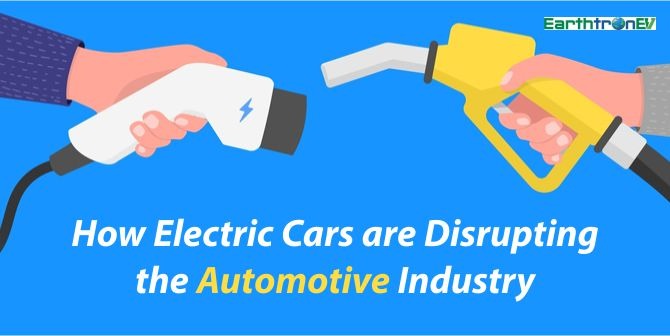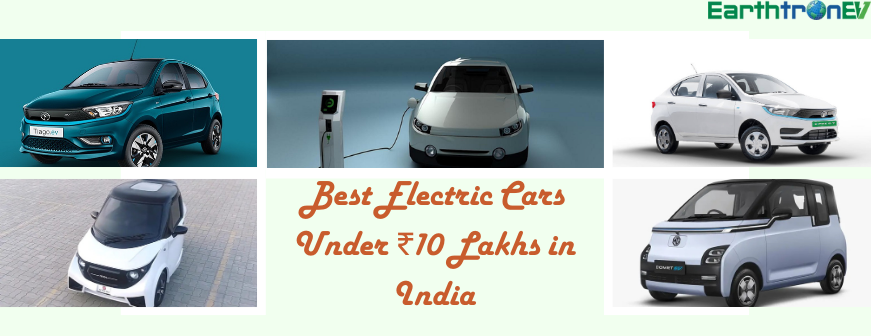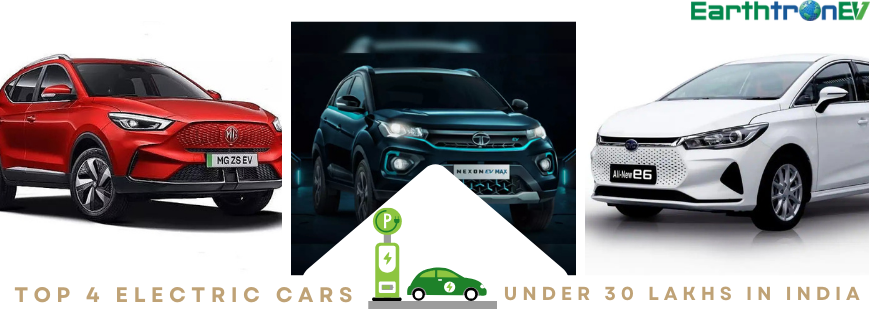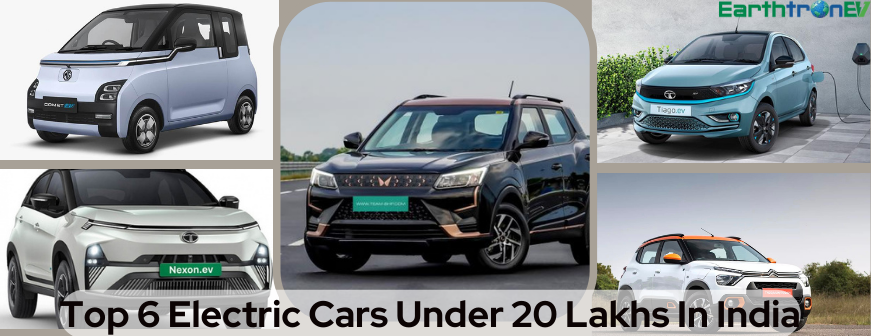Get ready to hit the road with a new kind of horsepower as we dive into the world of electric cars and how they are revolutionizing the automotive industry.
With their advanced technology, eco-friendly features, and sleek designs, electric vehicles (EVs) are changing our perspective on what it means to drive. From Tesla’s Model S to Nissan’s Leaf, these innovative transportation options have captured the attention of drivers everywhere.
Introduction: Electric Cars and the Automotive Industry
The electric car is one of the most disruptive technologies to hit the automotive industry in decades. Electric vehicles are also much quieter than gas-powered cars, and their instant torque makes them more fun to drive.
In 2016, sales of electric cars in the United States grew by 37% to nearly 157,000 units.1 Global sales of electric cars are expected to reach 2 million units by 2020.
Electric car growth is driven by advances in battery technology and falling costs. As battery prices fall and electric car technology improves, the number of people switching from gas-powered cars to electric cars will likely increase dramatically. This shift could upend the global automotive market, with far-reaching implications for oil demand, climate change, and air pollution.
Benefits of Electric Cars
Another significant benefit of electric cars is that they are highly efficient. Electric motors are very efficient at converting energy into motion, so electric vehicles get more miles per gallon than gasoline-powered cars.
Battery range and charging times have both come a long way in recent years, making electric vehicles a more viable option for many drivers. As battery technology continues to improve, even more people will likely make the switch to electric vehicles in the future.
Potential Challenges Faced with Electric Cars
As with any new technology, potential challenges must be faced when implementing electric cars on a large scale. -powered vehicles, and this may present a learning curve for both mechanics and car owners.
Although these concerns are rapidly being addressed by advancements in technology, they could still present a challenge in terms of widespread adoption.
Future of Autonomous and Electric Vehicles
There are many reasons for this belief. For one, electric cars are much more environmentally friendly than gas-powered cars.
Electric vehicles also provide a much smoother and quieter ride than gas-powered vehicles, which is another factor supporting the notion that they will dominate the automobile industry in the future.
Electric cars have no engine noise, so they’re incredibly quiet when driving. Additionally, electric cars tend to have better acceleration than gas-powered cars. This is due to the fact that electric motors generate instant torque, whereas gas engines need to rev up before they can produce power.
Regulations Around Electric Car Usage
Electric cars are still a relatively new technology, and as such, there are not yet a lot of regulations in place specifically for their usage. However, there are some general regulations that all electric car owners need to be aware of.
This means adhering to speed limits, using indicators and lights correctly, and so on. There are also a few specific regulations relating to electric cars that drivers need to be aware of.
For example, it is currently illegal to drive an electric car on a motorway in the UK. This is because electric vehicles have not yet been type-approved for use on highways by the government.
It is important to remember that electric cars still need to be taxed in the same way as any other vehicle. You will need to pay both Vehicle Excise Duty (VED) and Congestion Charge if you drive your electric car into London during the charging hours.
Government Incentives for Purchasing an Electric Car
.Government incentives for purchasing an electric car can take many forms, but they typically fall into one of two categories: financial incentives and non-financial incentives.
Financial incentives can include tax breaks, subsidies, or other forms of financial support. Non-financial incentives can consist of access to HOV lanes, preferential parking, or different types of non-monetary benefits.
The level and type of incentive depend on the country or region. Government incentives are often more generous in countries like the United States and China, where electric car ownership is still relatively low. In Europe, where electric car ownership is more common, government incentives are often less generous.
Regardless of the level or type of incentive, government support has been crucial in driving the growth of the electric car market.
Why Choose Us?
The electric revolution has completely changed the automotive industry and is possibly only just beginning. Electric cars are becoming more affordable, powerful, and efficient daily, offering drivers a viable alternative to traditional gas-powered cars.
This shift in technology is pushing automakers to innovate at an unprecedented rate to keep up with consumer demand for more sustainable and cost-effective transportation options.
With the electric car market continuing to grow, it will be exciting to see how the automotive industry evolves over time as new technologies are introduced.






